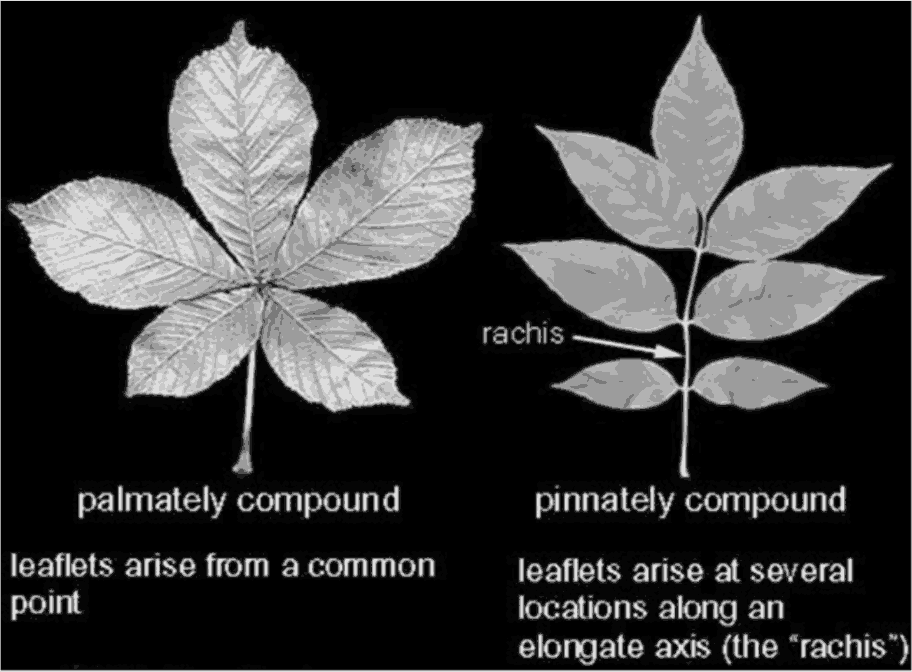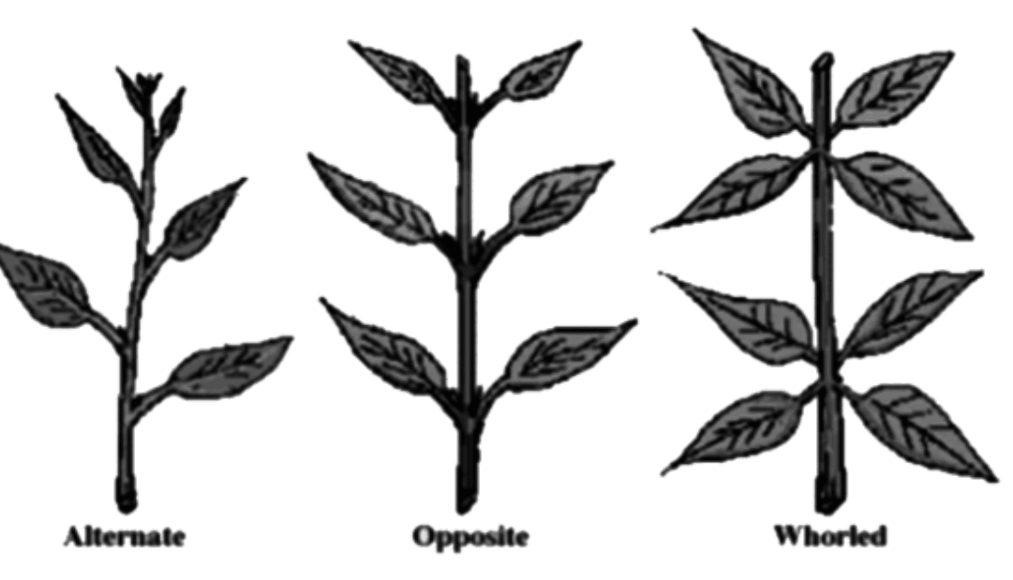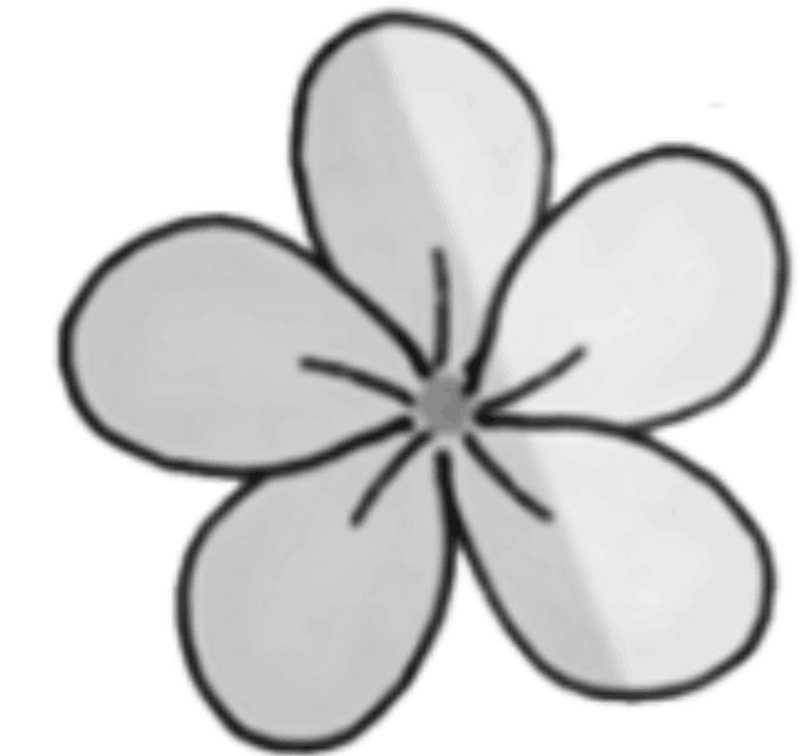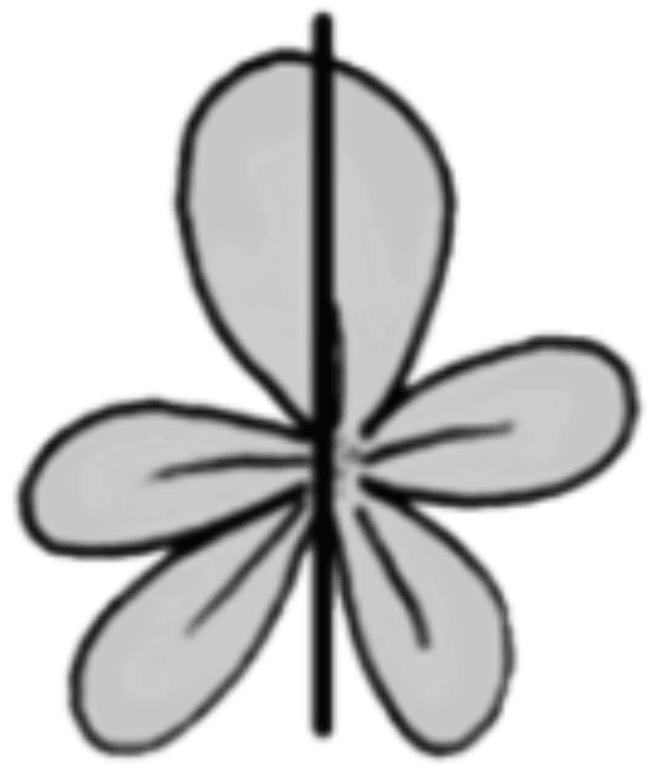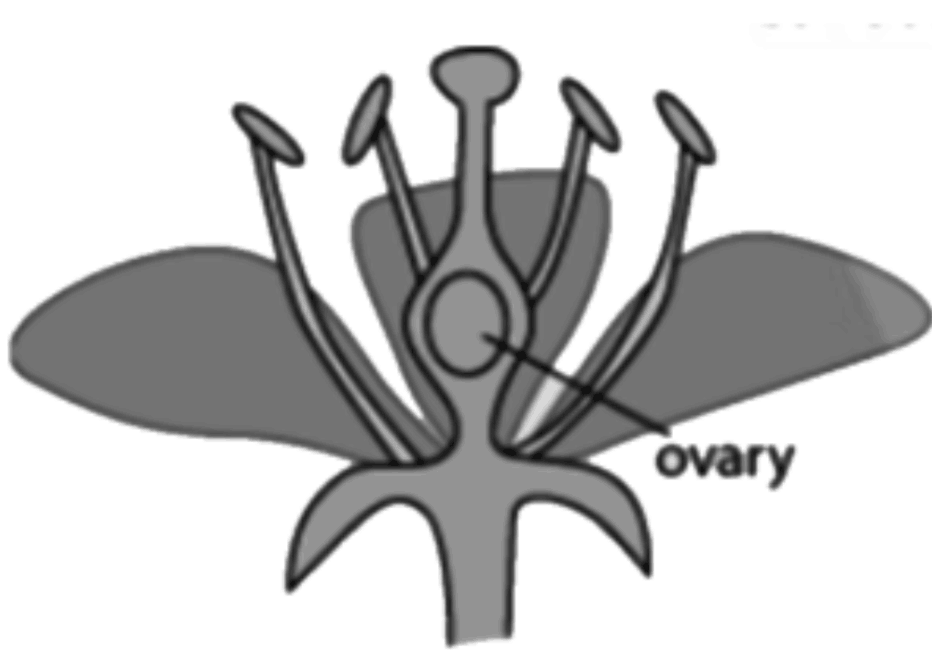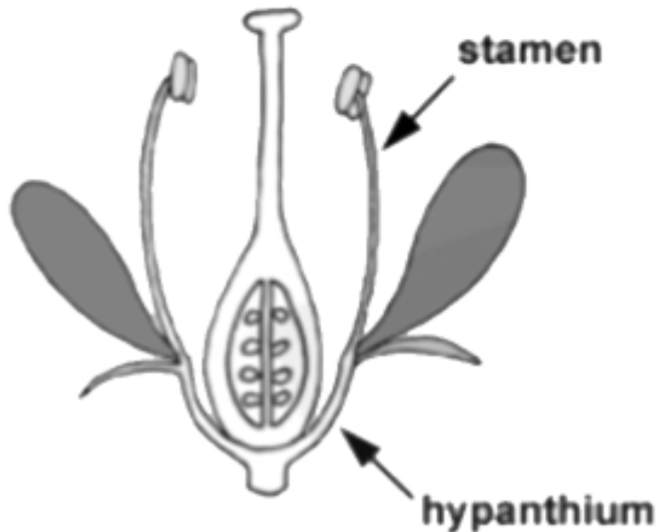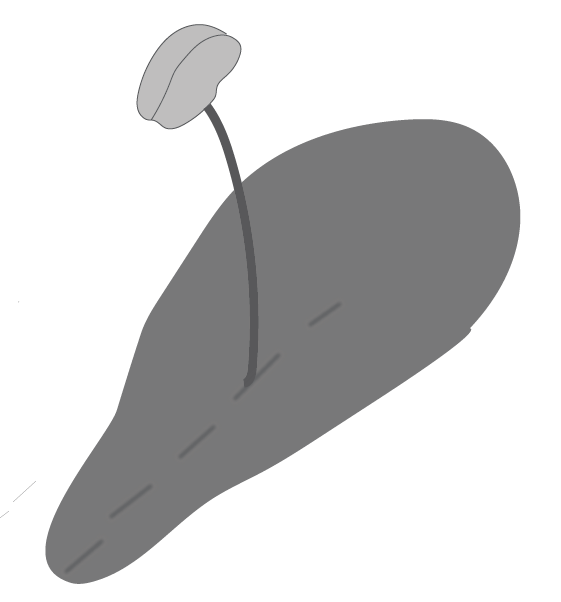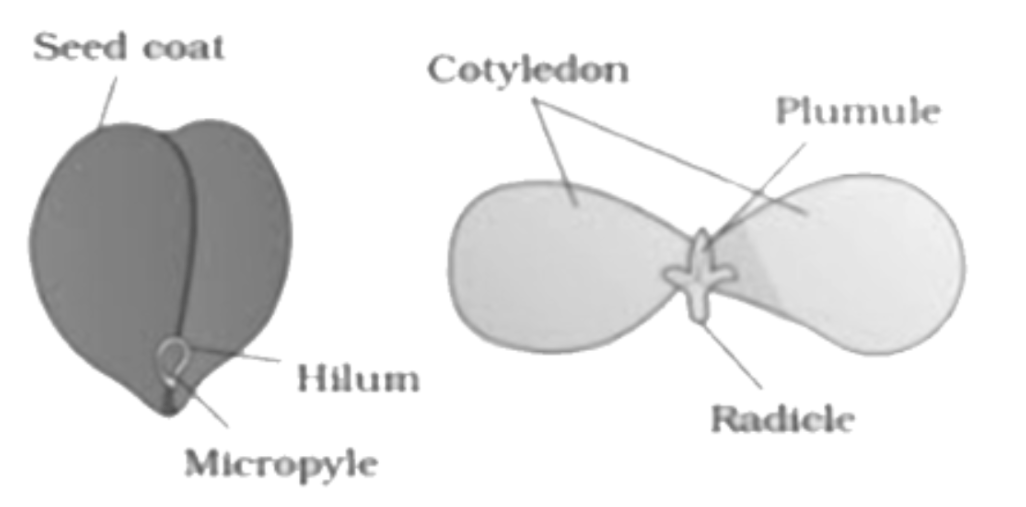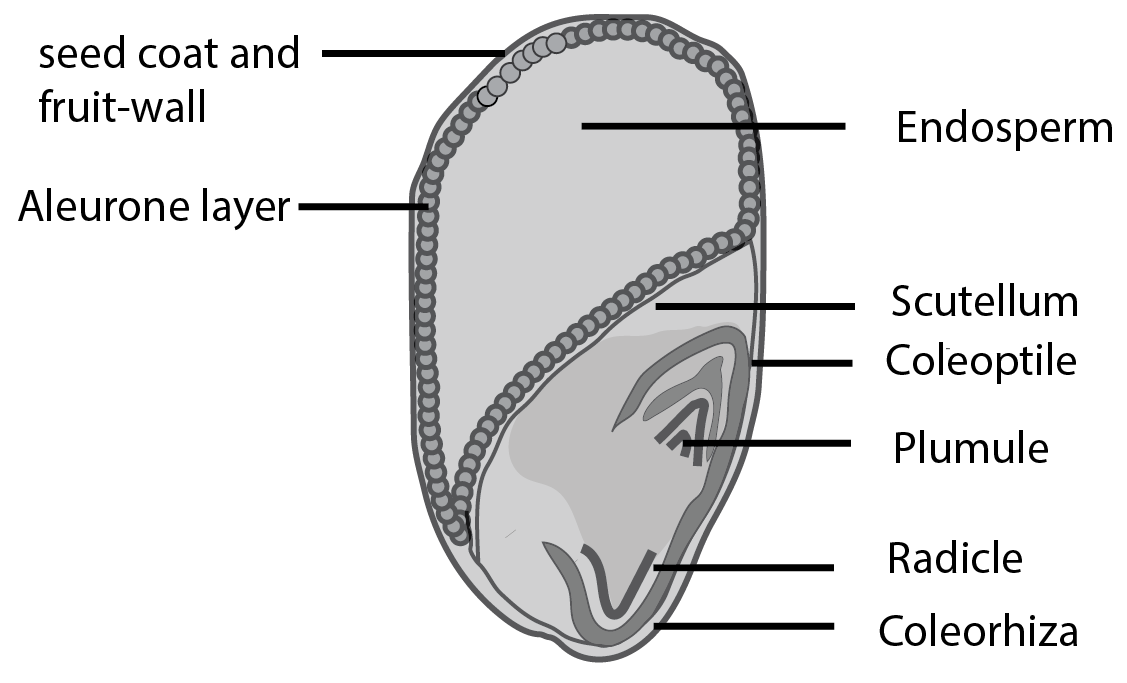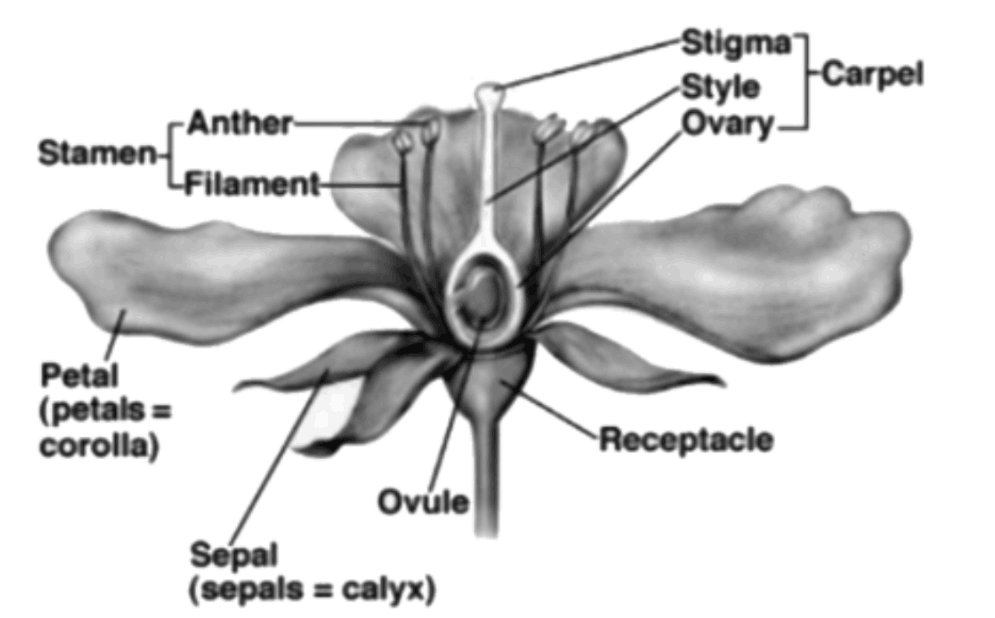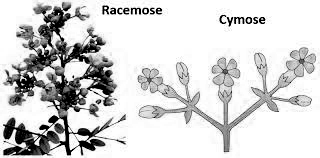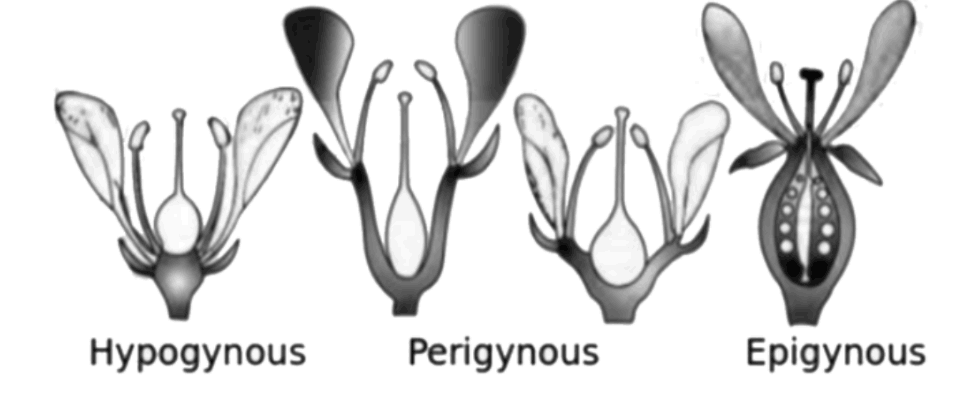Class 11 Biology Chapter 5 Morphology of Flowering Plants NCERT Solutions - FREE PDF Download
FAQs on NCERT Solutions for Class 11 Biology Chapter 5 Morphology of Flowering Plants
1. Which website provides Morphology of Flowering Plants NCERT solutions for Class 11 Biology Chapter 5?
Vedantu provides well-designed NCERT Solutions for Class 11 Biology Chapter 5, Morphology of Flowering Plants. Morphology of Flowering Plants questions and answers are available in PDF format. CBSE Class 11 Biology Chapter 5 are designed by subject experts who are well-versed in NCERT guidelines and exam patterns. The Morphology of Flowering Plants NCERT PDF materials help students in exam preparation and score well in the Biology paper.
2. What are the advantages of Vedantu’s Morphology of Flowering Plants NCERT solutions for Class 11 Biology?
Referring to Class 11 Biology Chapter 5, exercise solutions is beneficial during exam preparations. These well-prepared solutions allow students to have a better understanding of the chapter. By downloading Vedantu’s NCERT Solutions for Class 11 Biology Chapter 5, students can find the explanation to the exercise questions asked in the exam. The material is prepared by subject matter experts to help students understand how to write answers in the exam. These can also be utilised during revision. NCERT Solutions have proven helpful in boosting students’ confidence while appearing for the exam.
3. What are the subtopics of Class 11 Biology Chapter 5 Morphology of Flowering Plants?
Following are the subtopics of Class 11 Biology Chapter 5, Morphology of Flowering Plants NCERT:
The Root and the stem
The Leaf
The Inflorescence
The Flower
The Fruit
The Seed
Semi-Technical Description of a Typical Flowering Plant
Description of Some Important Families
4. What are some questions for Class 11 biology chapter 5 exercise solutions?
Following are some of the important questions of Class 11 Biology Chapter 5 Morphology of Flowering Plants NCERT solutions:
What is meant by modification of root? What type of modification of root is found in the:
Banyan Tree
Turnip
Mangrove Trees
Explain, with suitable examples, the different types of phyllotaxy.
What is a flower? Describe the parts of a typical angiosperm flower.
Describe the various types of placentations found in flowering plants.
5. Is Morphology Of Flowering Plants Important for NEET?
Yes, the ‘Morphology of Flowering Plant' is important for NEET. To ace this exam, the students should have a good study guide available on Vedantu. The notes are also available in Morphology of Flowering Plants NCERT PDF format with explanations that are easy to understand. Critical concepts and topics related to this chapter are given properly. The points are given in bullets to help you remember them easily.
6. What is Morphology in Class 11 biology chapter 5?
Morphology is derived from the Greek words ‘morphos,’ which means form, and ‘logos,’ which means study. It is a branch of science that deals with the research of the form and structure of things and is called ‘Morphology’. They are described and characterised by the presence of roots, stems, leaves, flowers, and fruits. It includes several aspects like color pattern, structure, shape, size, and appearance. Anatomy and Eidonomy are two of the distinct branches of Morphology.
7. How do you learn the morphology of flowering plants?
Chapter 5, Morphology of Flowering Plant, is filled with ample examples. So, it becomes quite tough to remember all of them. Learning this chapter can be made easy at Vedantu from Morphology of Flowering Plants questions and answers PDF, where you will find it easy to understand all the concepts and examples in an easy way and precise manner. Explanations are to the point, well-researched, and written by the subject experts. The Morphology of Flowering Plants NCERT PDF download is free on the Vedantu website.
8. Who is the father of the morphology of flowering plants?
Wilhelm Hofmeister is considered to be the most credited German botanist in the field of plant structure and reproduction. To learn more about Class 11 biology in Chapter 5, refer to the Morphology of Flowering Plants NCERT solutions provided by Vedantu.
9. What is the role of morphology in plant identification?
The Morphology of Flowering Plants NCERT solutions explains the importance and role of morphology in terms of leaves, stems, overall structure, flowers and fruits.
10. How many types of morphology are there?
Many types are generalised in terms of scale, specific features, applications, etc. Students can access the Morphology of Flowering Plants questions and answers PDF to learn about the structure, morphology, and more.
11. What are the two main groups of flowering plants?
Monocotyledons and Dicotyledons
























